The Dysart is in Petersham, just over a mile from Richmond station, set in a former pub. Head chef Kenneth Culhane won the Roux scholarship before being recruited to lead the kitchen here in 2013, and Michelin finally recognised his talents with a star in the 2020 guide. The regular tasting menu was priced at £110, with a three-course menu available at lunch at £55, and three courses a la carte at dinner being £70. I have written previously about the unusually good wine list at The Dysart.
The tasting menu today started with a pair of canapes. Parmesan shortbread discs were topped with Seville oranges. The biscuits themselves were nicely made and had plenty of cheese flavour, the sharpness of the Seville oranges cutting nicely through the Parmesan flavour. Hand-dived Orkney scallops were served raw on a bed of crisp Yamazaki rice and topped with Perigord black truffle: a high-quality shellfish shown off nicely with the fragrant truffle and the contrasting texture of the crisp sushi rice base (16/20 canapes).
This was followed by a little glass containing "three layers”: hen’s egg, Pedro Ximenes sherry and maple syrup. The warm egg yolk and the cold sherry with the sweet syrup combine well on the palate. This idea is not original, having been done by Alain Passard at Arpege with egg yolk, cream, chives, sherry vinegar and maple syrup, but the version here works very well (16/20).
The next dish was Scottish langoustines fried in crisp filo pastry along with a touch of mint. This was served with a mango and caper emulsion. The shellfish were gorgeous, delicately cooked and having lovely flavour, their natural sweetness nicely complemented by the acidity of the mango in the dip (easily 17/20). Sourdough focaccia was made from scratch in the kitchen. This had good texture, the oven hot enough to give a light, almost fluffy texture to the bread.
Charred sea bream rested on a disc of radish and a champagne sauce, topped with shreds of fresh ginger. This dish is very much a signature of the restaurant and was as lovely as ever, the fish very carefully cooked and going really well with the champagne sauce, the ginger adding a pleasing extra taste (17/20). This dish was at one point made with mackerel, which worked at least as well as the bream. Oxtail risotto is normally made with aged Acquarello rice. Today it was made using Japanese Kintaro rice, the risotto featuring slow-cooked oxtail with bone marrow and a subtle amount of pickled chilli. This short grain rice is usually used for sushi, and it worked well enough in this context, though to be honest I think the traditional carnaroli rice works better with this particular risotto, a dish I have tasted several times before. As usual, the ox tail itself was very tender and the pickled chilli added a little freshness, though it was extremely subtle, and I wonder if a little more of this might have been added an interesting extra flavour dimension (16/20).
Turbot from a huge 14kg fish was served with truffled leeks, morels and mousseline sauce. The turbot was carefully cooked and had excellent flavour, as you would expect from such a large specimen. The morels went very nicely with the fish and the leeks were a contrast to the quite rich mousseline sauce (17/20). Lamb from Yew Tree farm in Coniston was served with spring vegetables, pistachio tapenade and an intense lamb jus that had been reduced over a period of five days. The lamb had excellent flavour and was carefully cooked, the pistachio tapenade went well with the meat and the greenery gave some balance. The jus was deeply flavoured, which it should be, but perhaps a further element to the dish to cut through the richness would have been useful, e.g. some pickled mushrooms or something acidic. With greater balance I would score this dish even higher (15/20).
For pre-dessert we had Mochi rice pudding sorbet with a pecan nut tuile and a drizzle of olive oil, along with yoghurt flavoured with a local medlar fruit. The rice pudding sorbet was refreshing, and the rhubarb with it had excellent acidity. The medlar gave the yoghurt a grainy texture and seemed to have little fruit flavour, so for me didn’t add anything much at all. In fact I would have scored this dish higher of the medlar element was simply not on the plate (14/20). The main dessert was nougat glace with chestnut, brandy snaps and a clementine jus. This was a very successful dessert, the acidity of the clementine balancing the richness of the nougat nicely. The brandy snaps were just a touch harder/thicker than they might have been, but this was a very enjoyable dessert (16/20). Coffee was from Difference Coffee, in this case the superb Panama Gesha, arguably the best coffee in the world (and the priciest at the international coffee auction). This came with a nice tray of petit fours, including some good chocolates and pate de fruit of apricot.
Service, led by owner Barny Taylor, was very good indeed, being friendly and attentive. My meal today was actually paid for by the Japanese Ministry of Forestry and Fisheries, who are working with certain UK restaurants to promote the use of Japanese rice in dishes. In this case Japanese rice was incorporated into three of the nine dishes. If you opted for the three-course lunch menu and shared a modest bottle of wine then you could expect a bill of around £85 per person. Even the full tasting menu at £110 seems quite moderately priced by London standards these days. The Dysart continues to produce lovely food of a high standard, with many dishes here better than plenty of multi-starred restaurants. Combined with the relaxed setting and the charming service, The Dysart remains one of my favourite places to eat at in London.
BookFurther reviews: 09th May 2025 | 24th Jan 2025 | 01st Aug 2024 | 20th Jun 2024 | 08th Dec 2023 | 27th Oct 2023 | 17th May 2023 | 18th Feb 2022 | 12th Jun 2021 | 24th Jul 2020 | 04th Jul 2020 | 13th Mar 2020 | 15th Nov 2019 | 14th Nov 2018 | 15th Dec 2017 | 15th Sep 2015 | 04th Mar 2014 | 03rd Jan 2014














































































































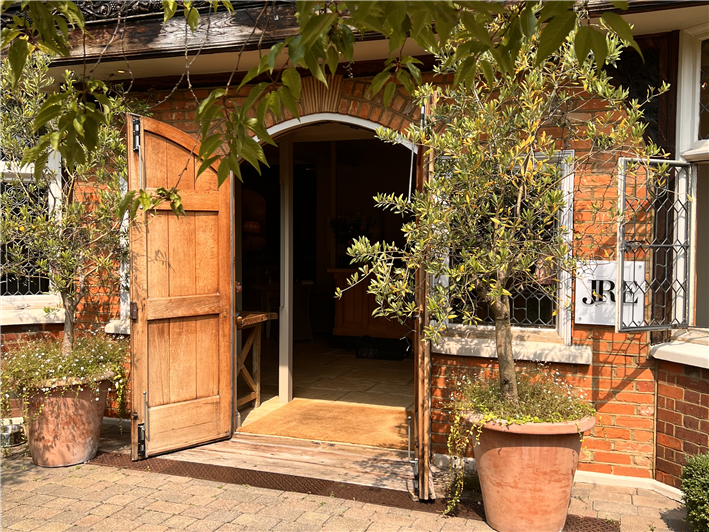
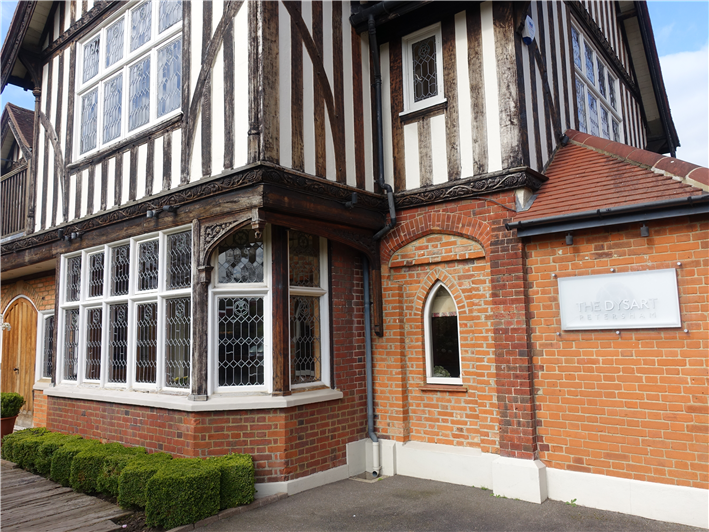
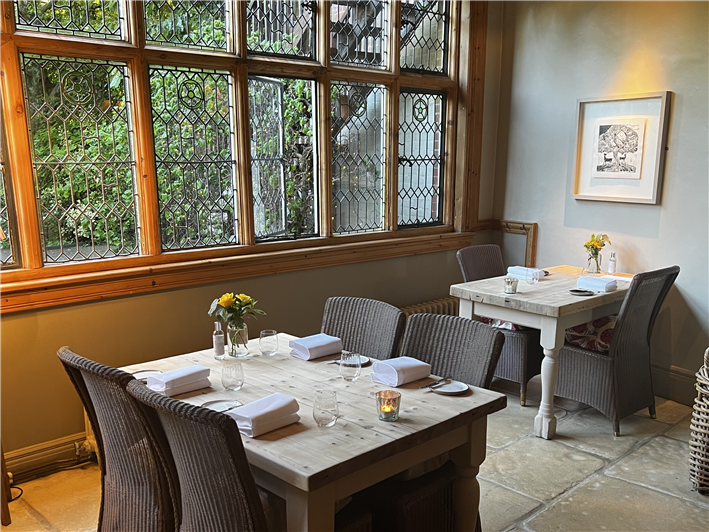
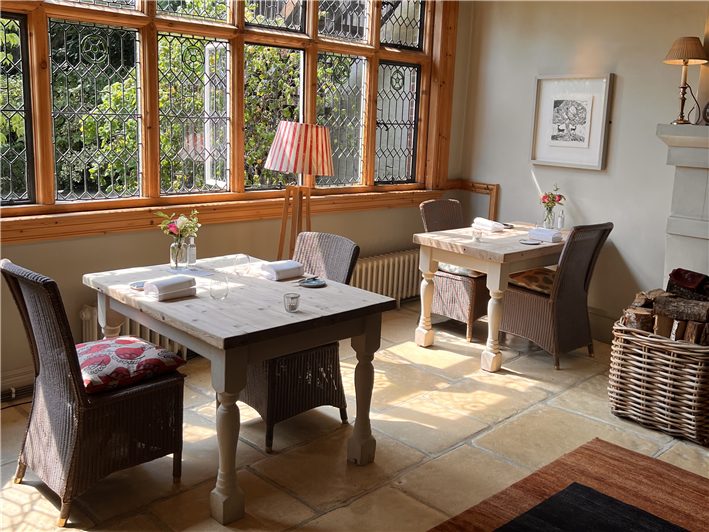
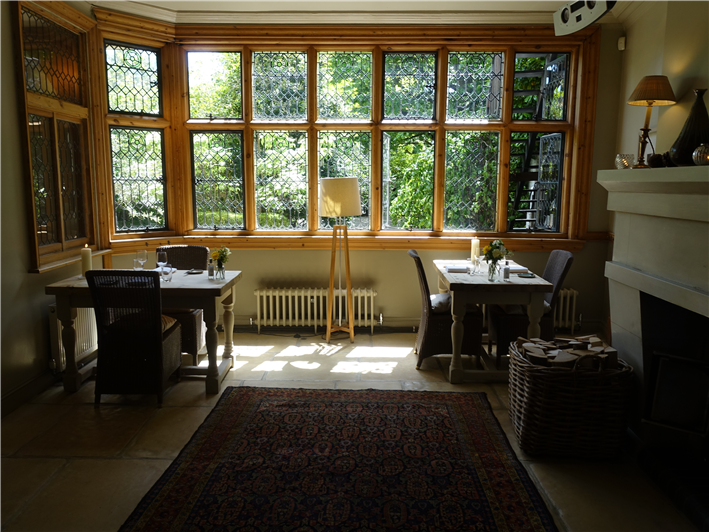

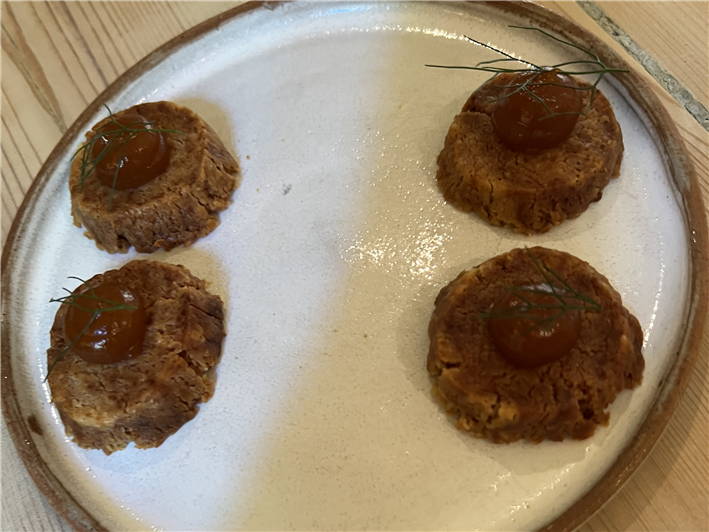
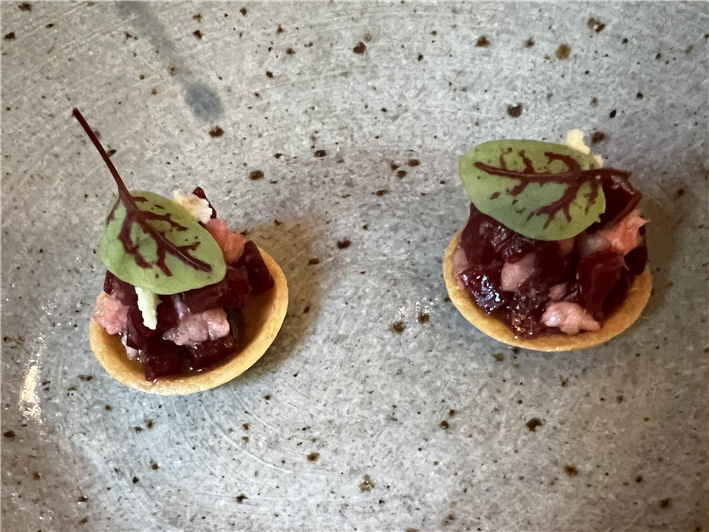

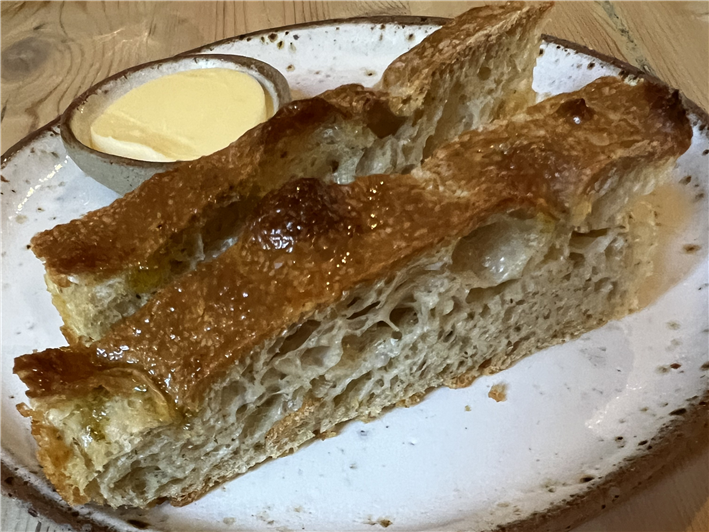

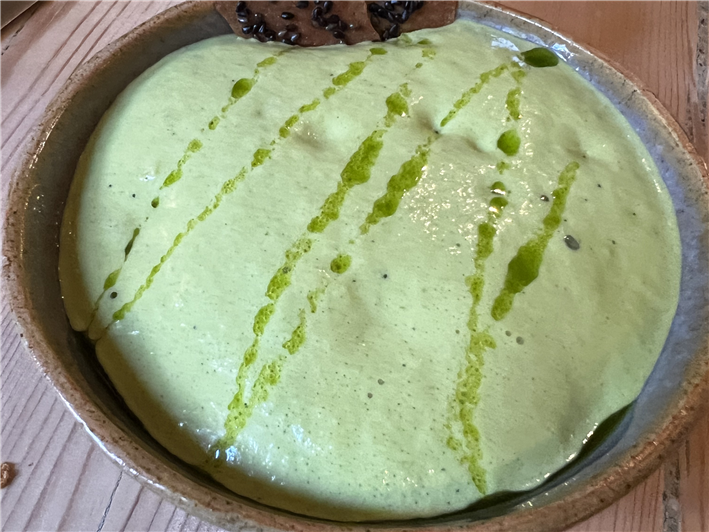
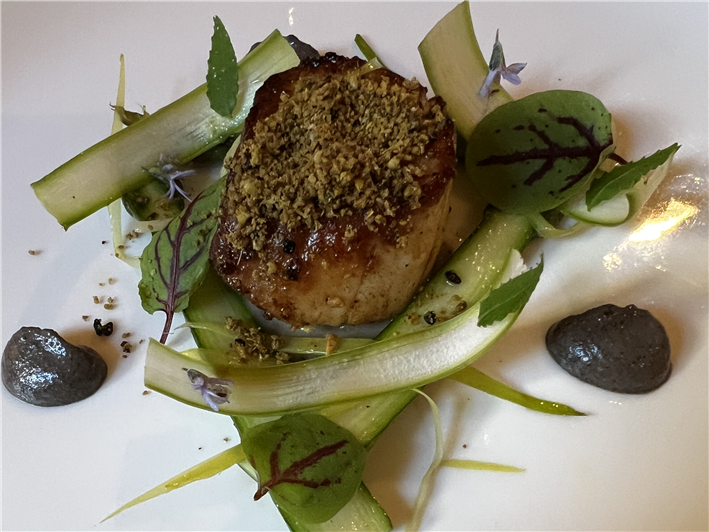




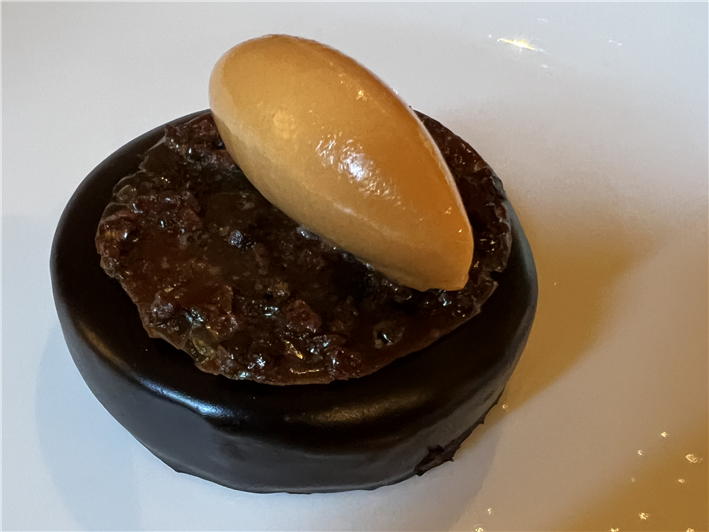
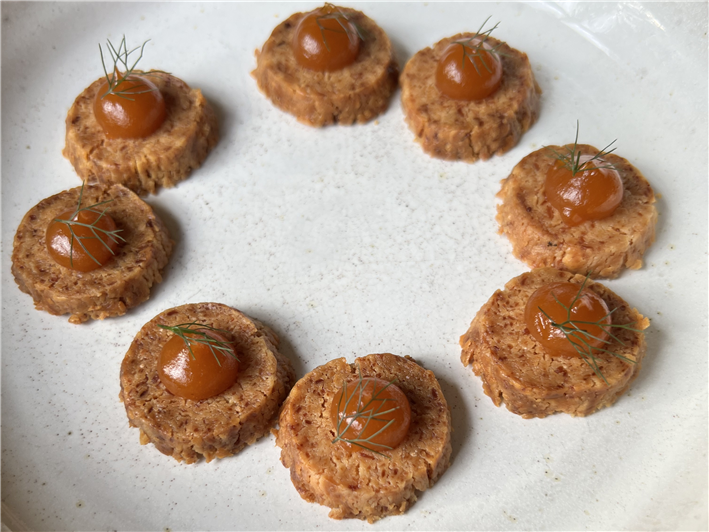
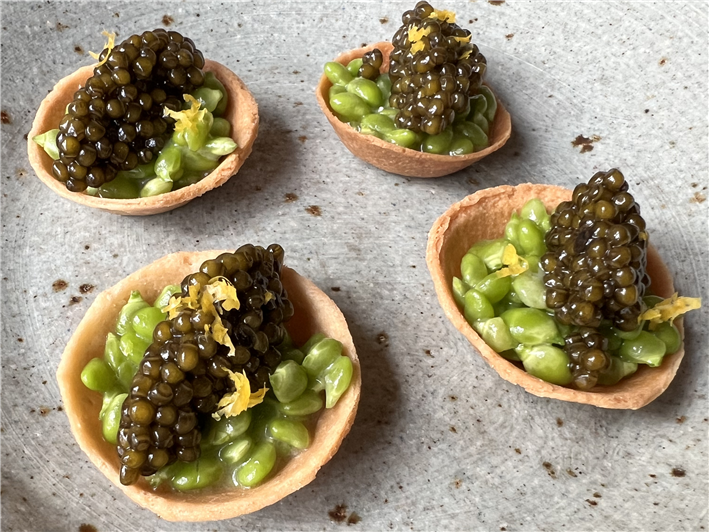
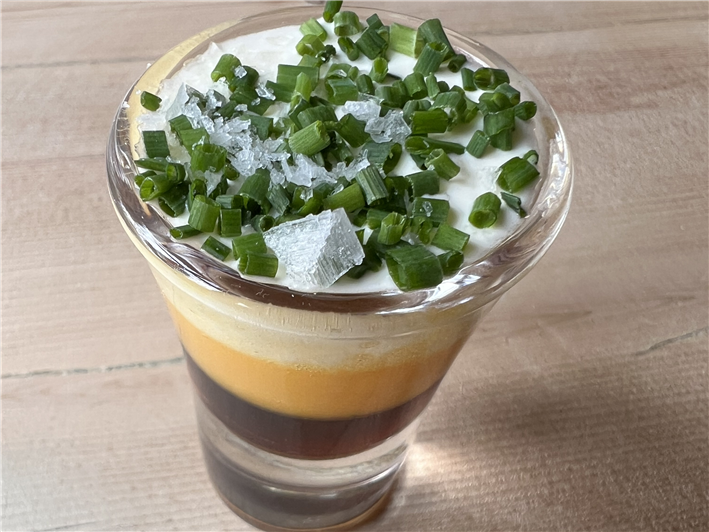
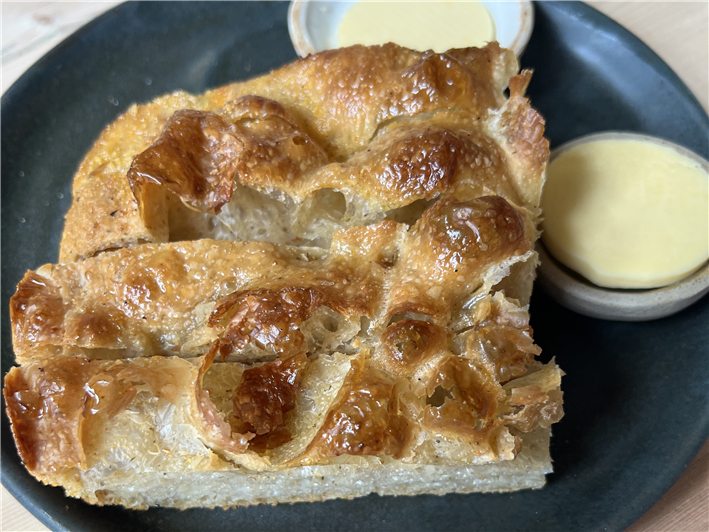


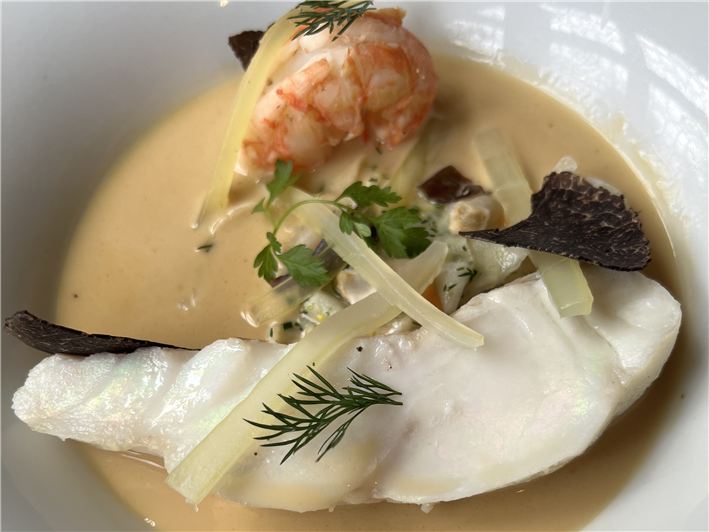
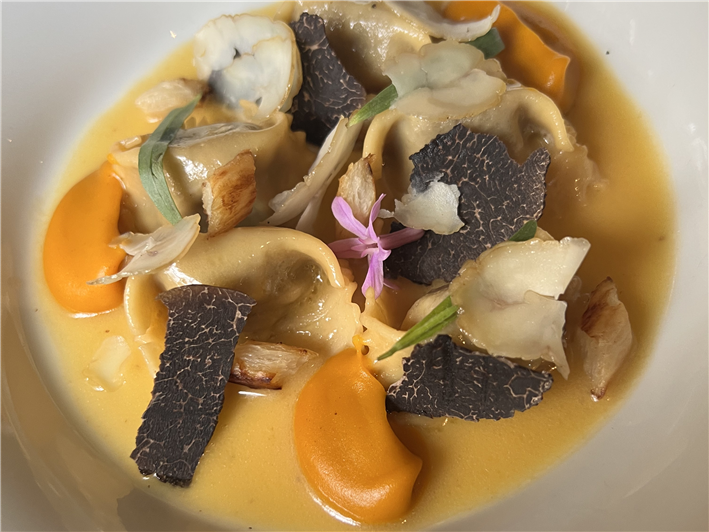
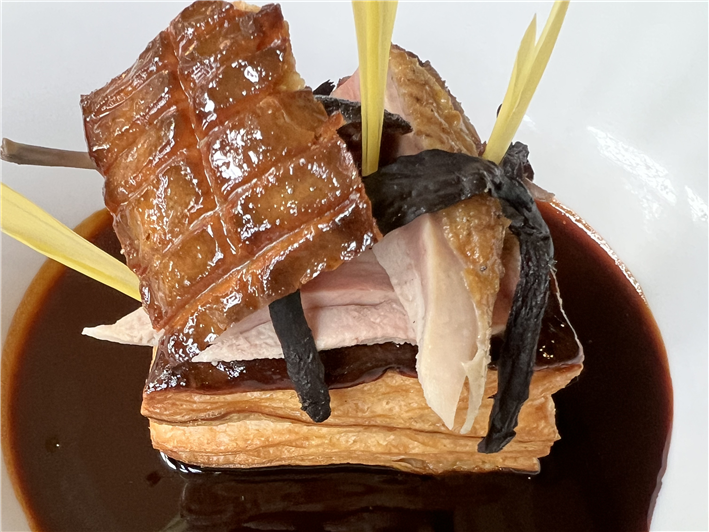
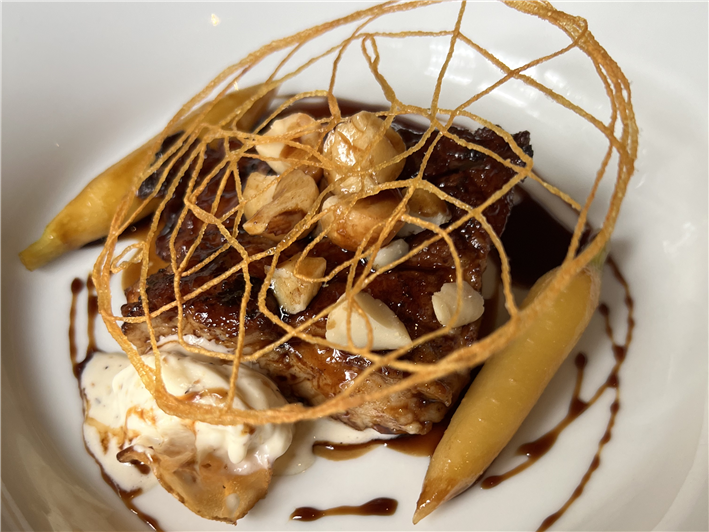
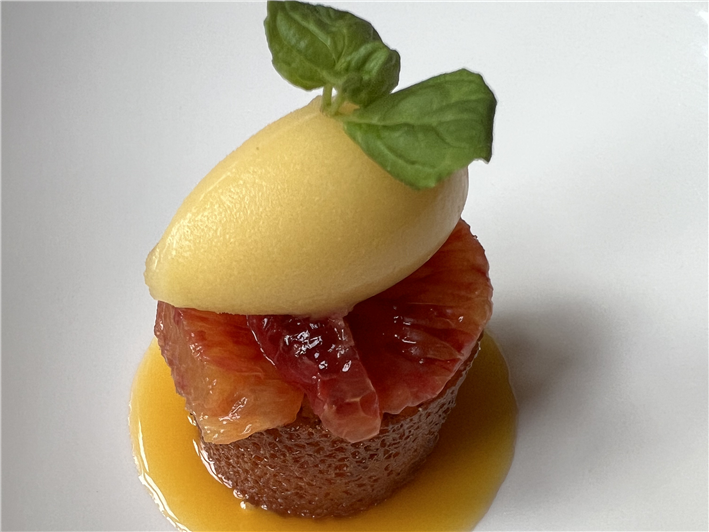

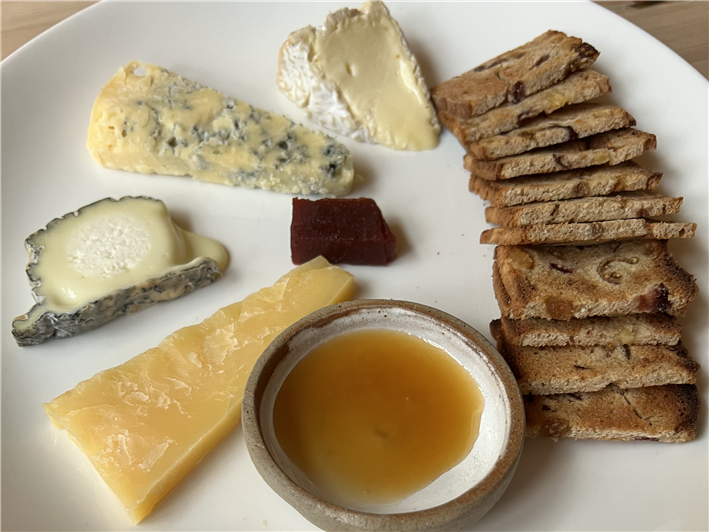
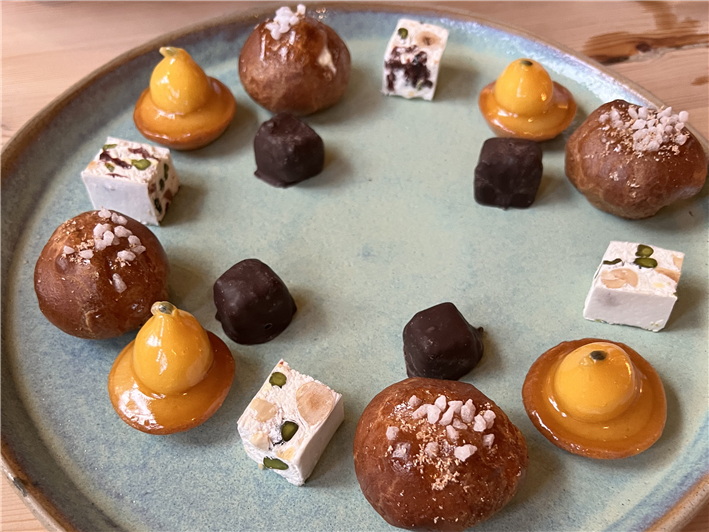
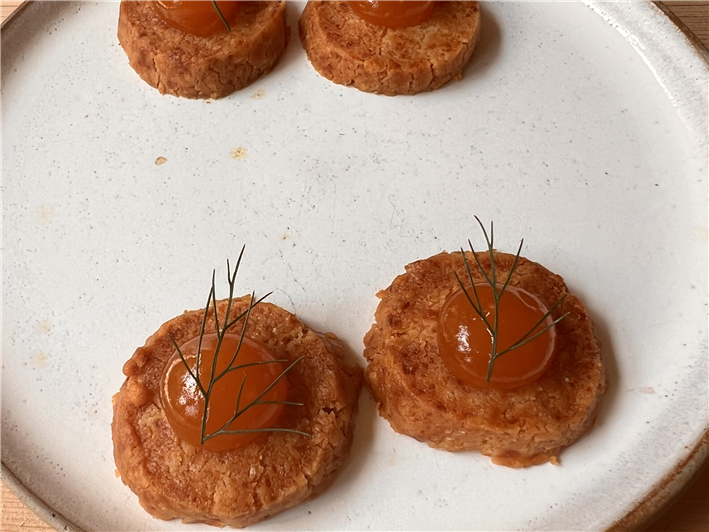
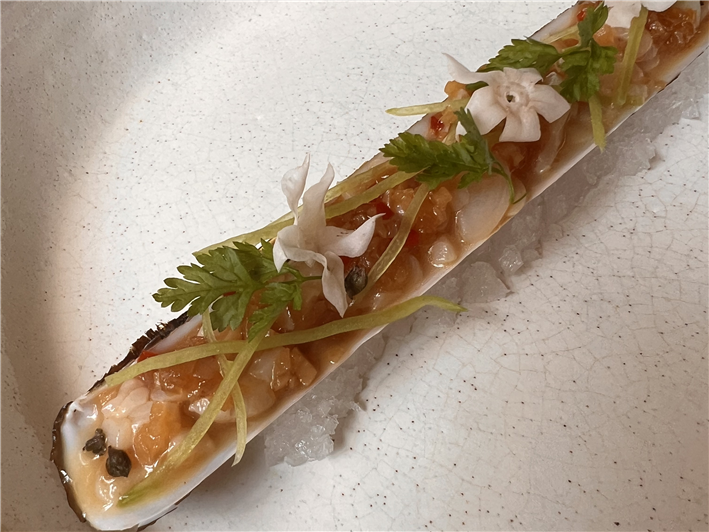
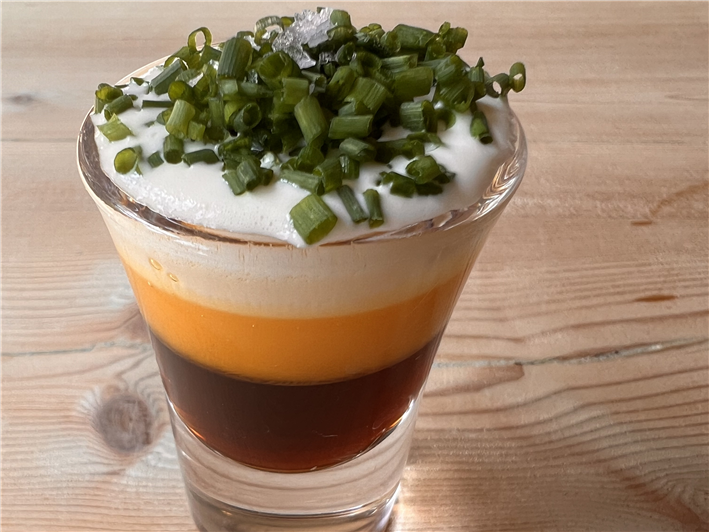
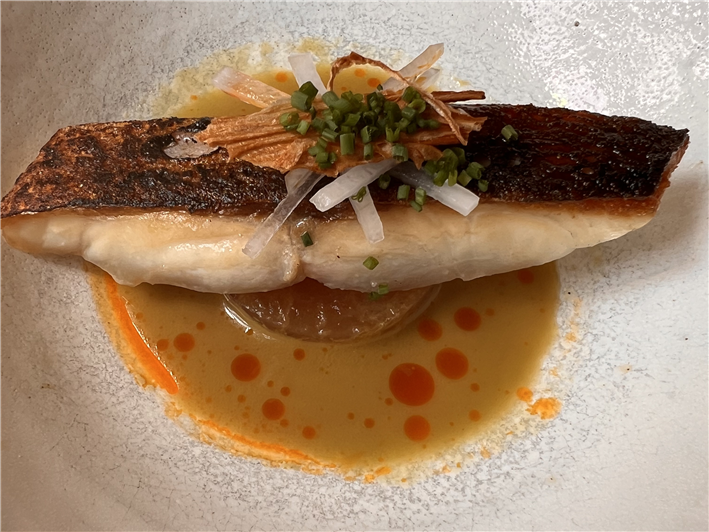




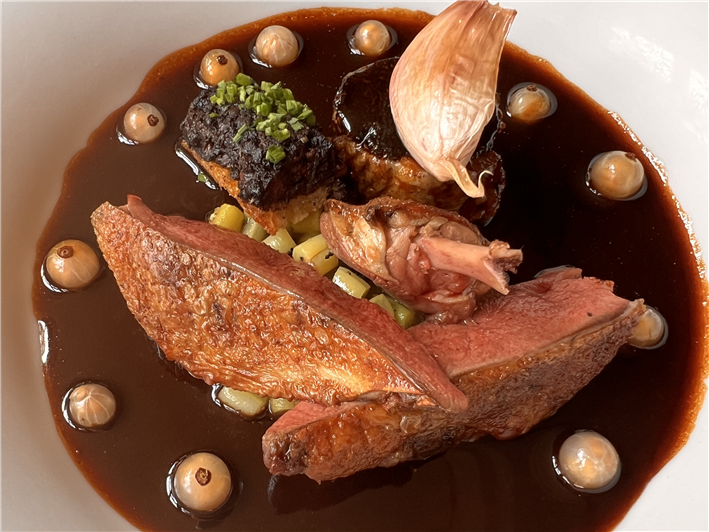

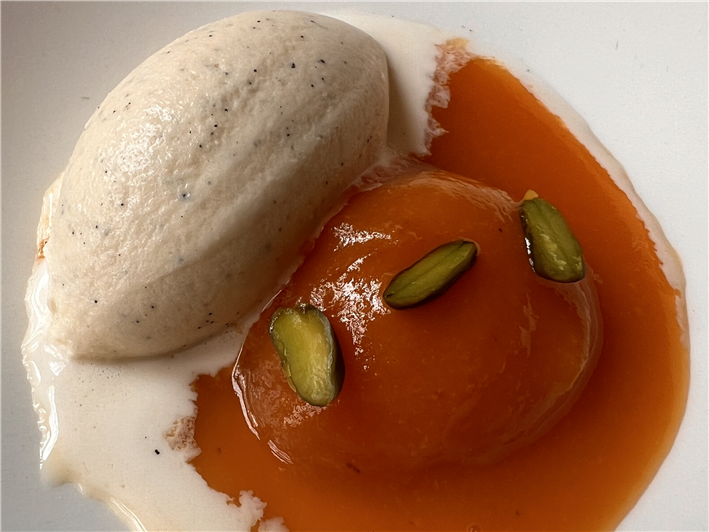
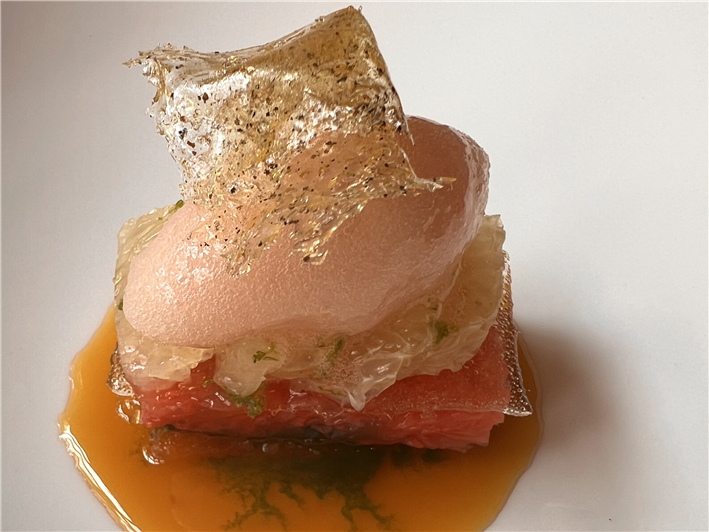

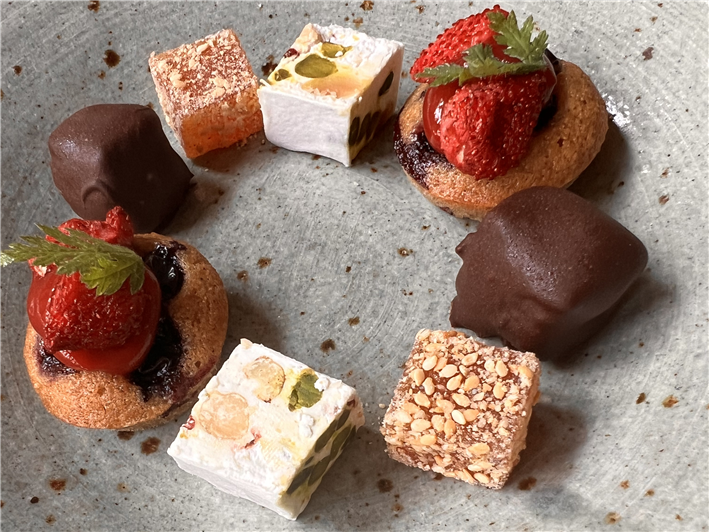
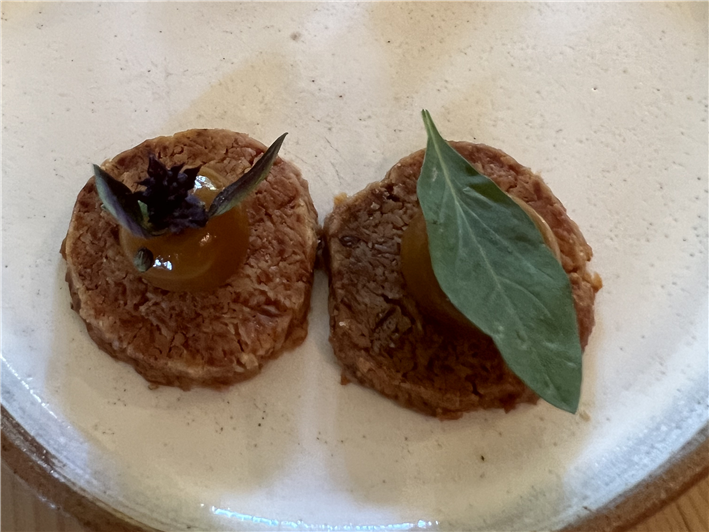
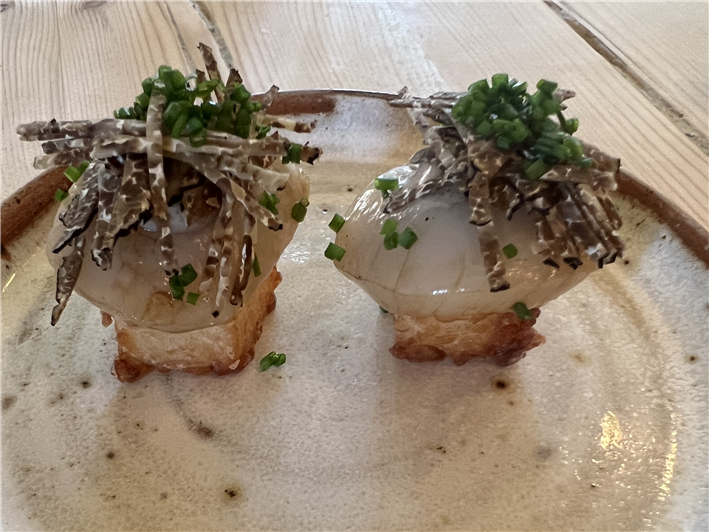
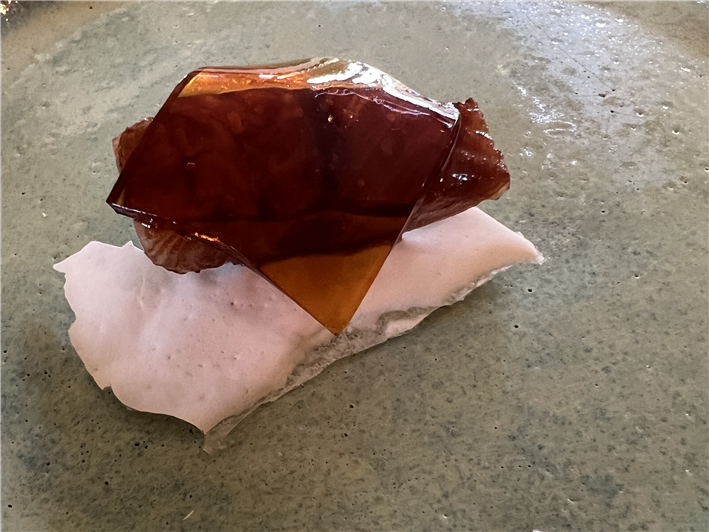
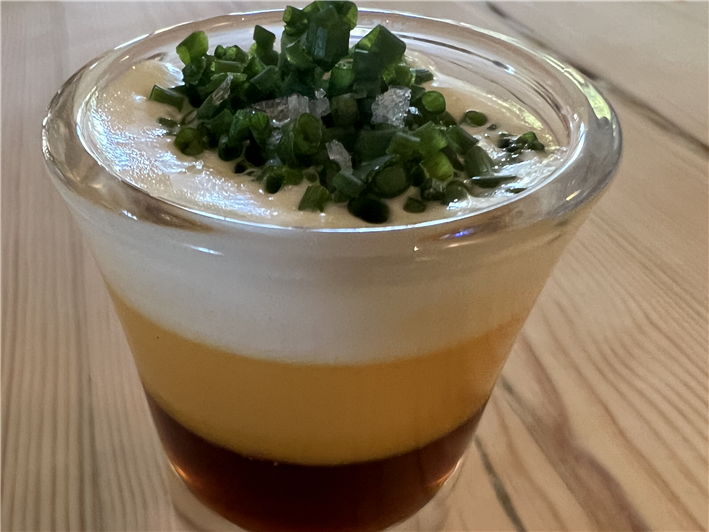
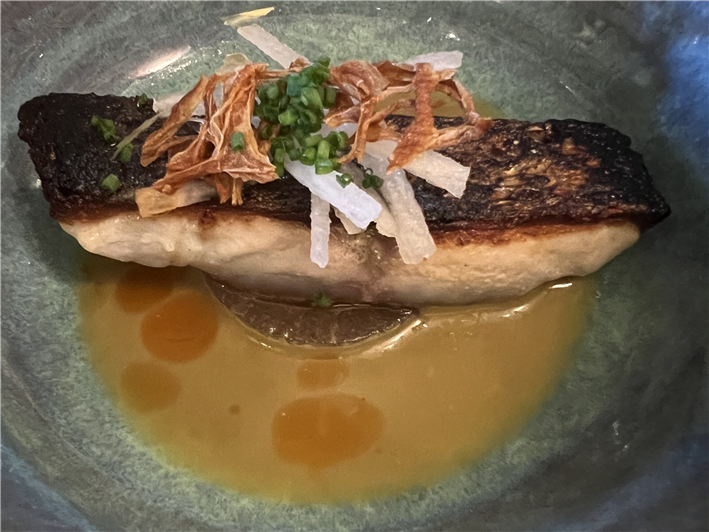
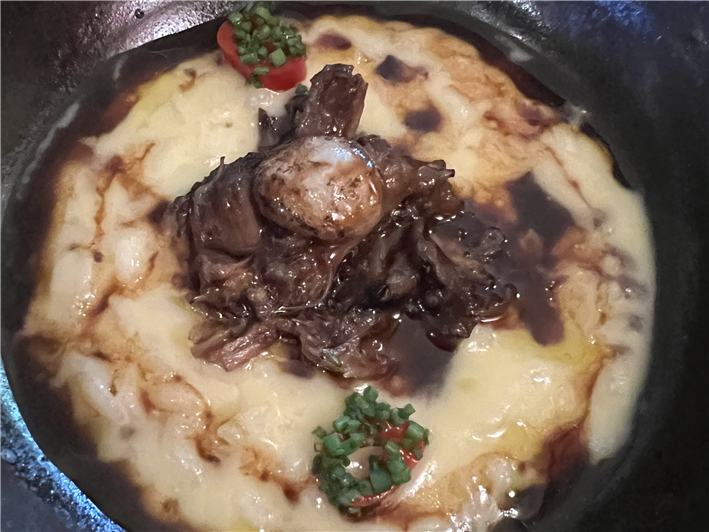
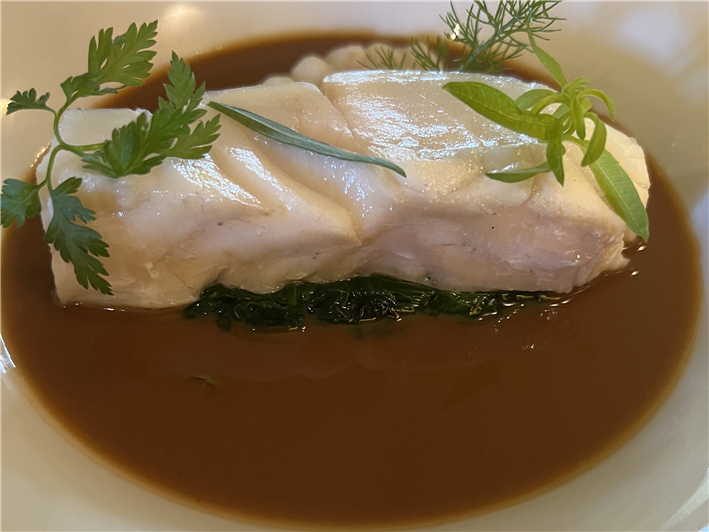
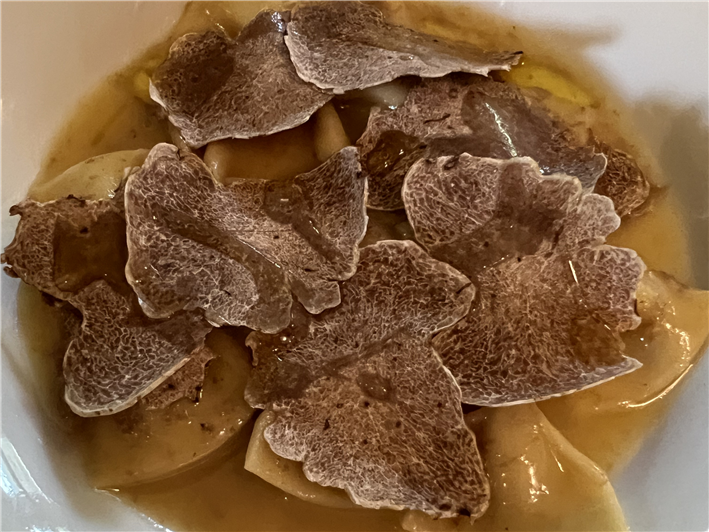
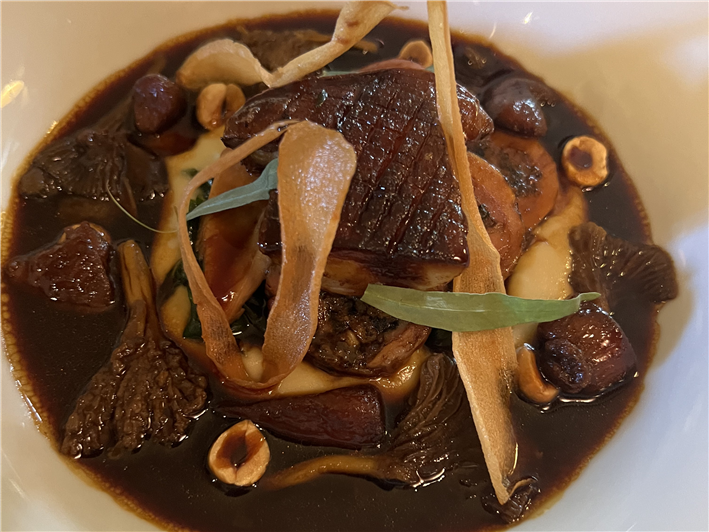
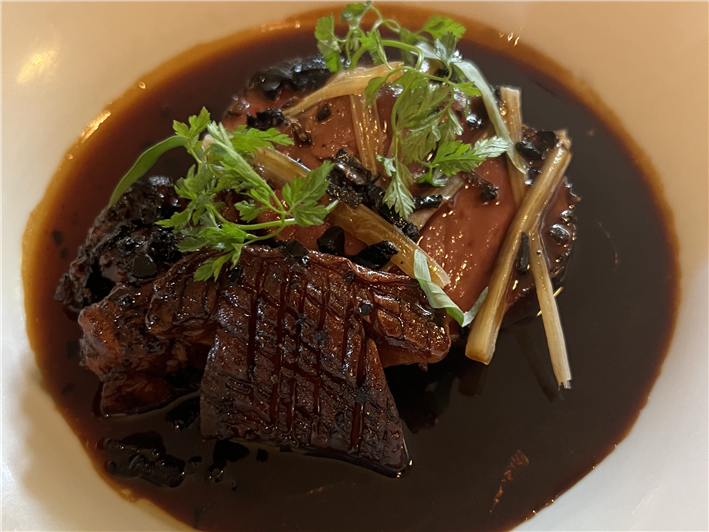
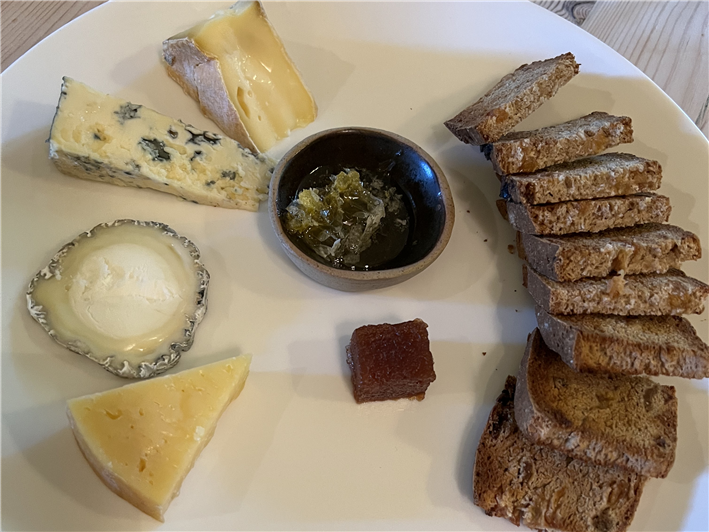



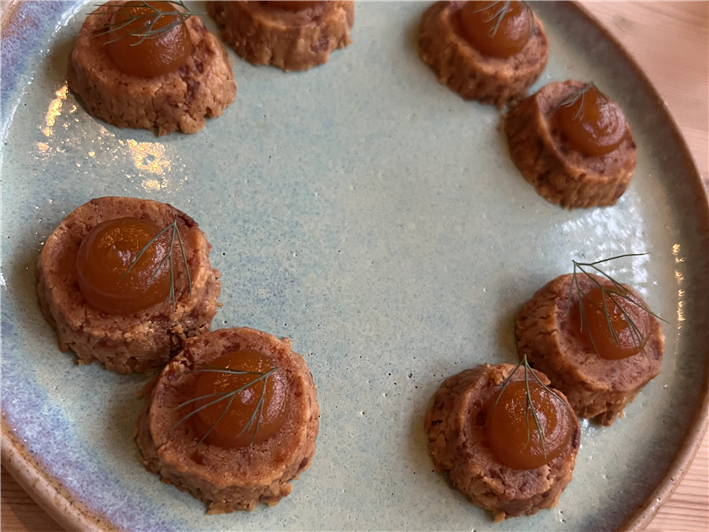


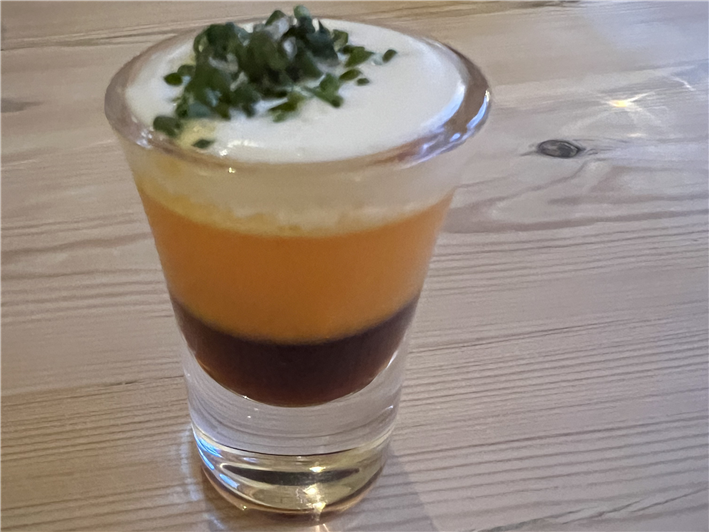
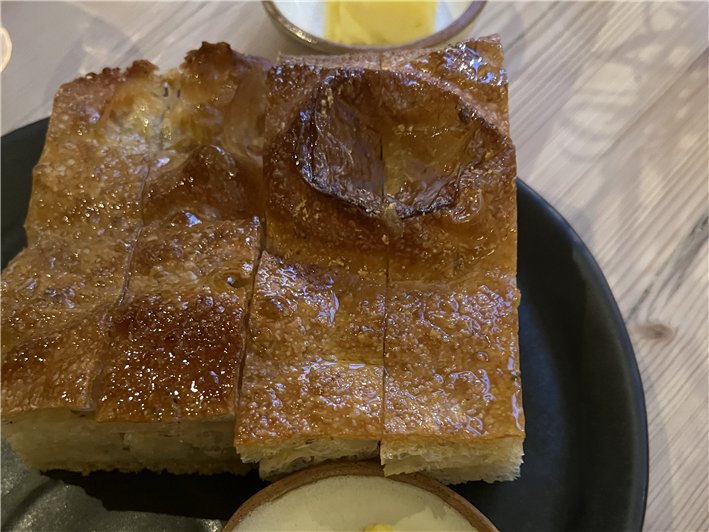
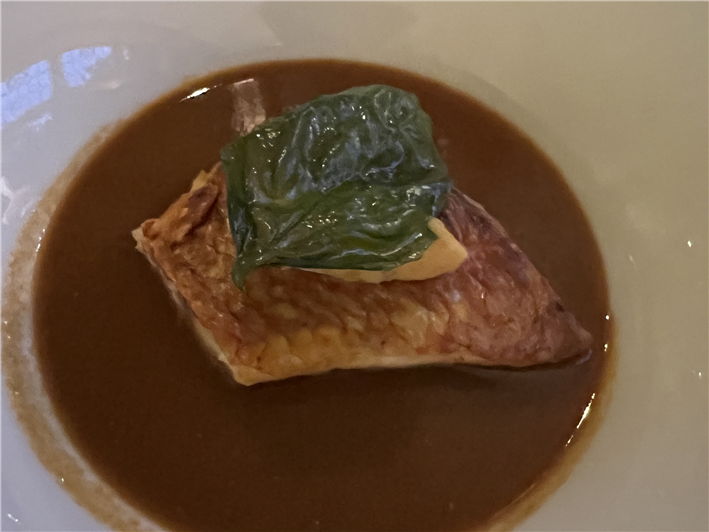
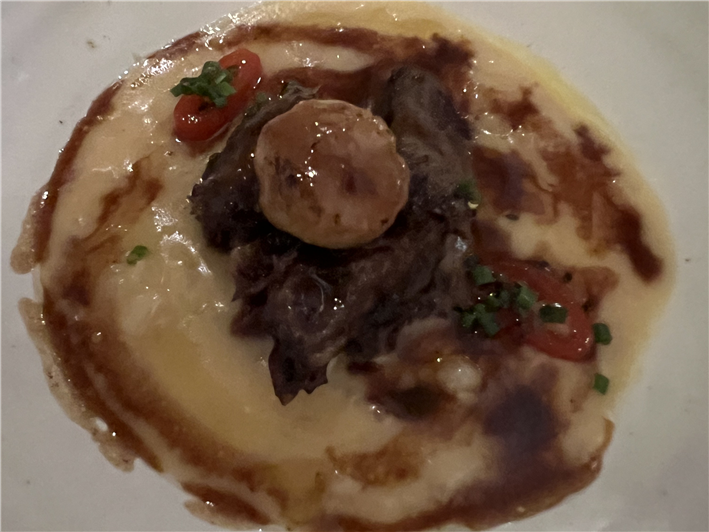
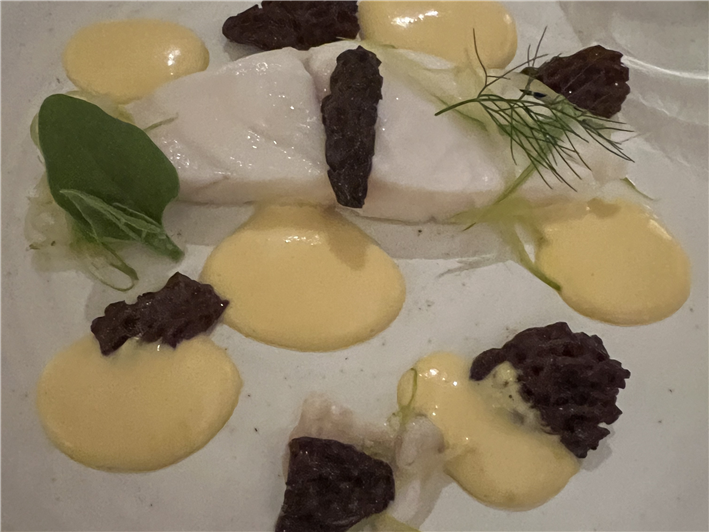
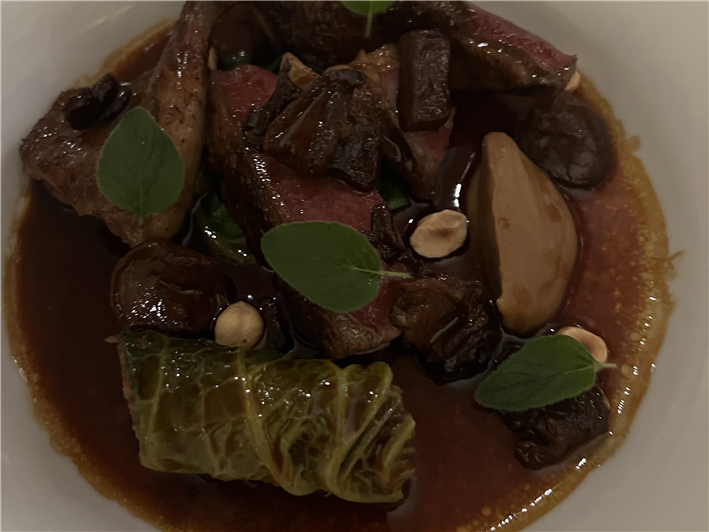
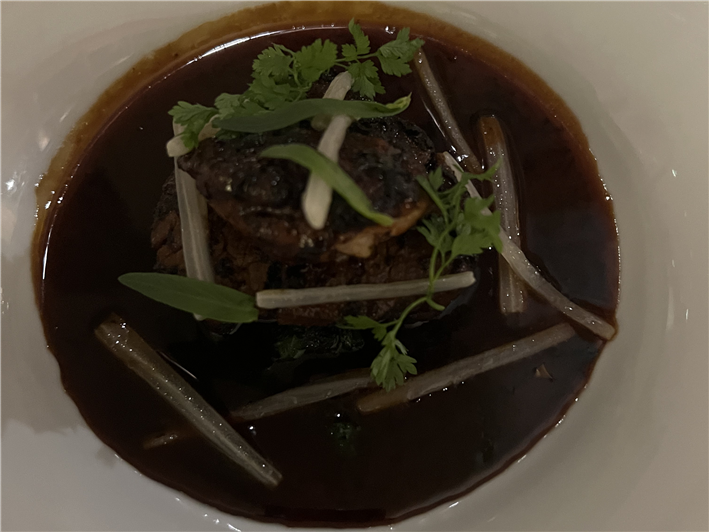

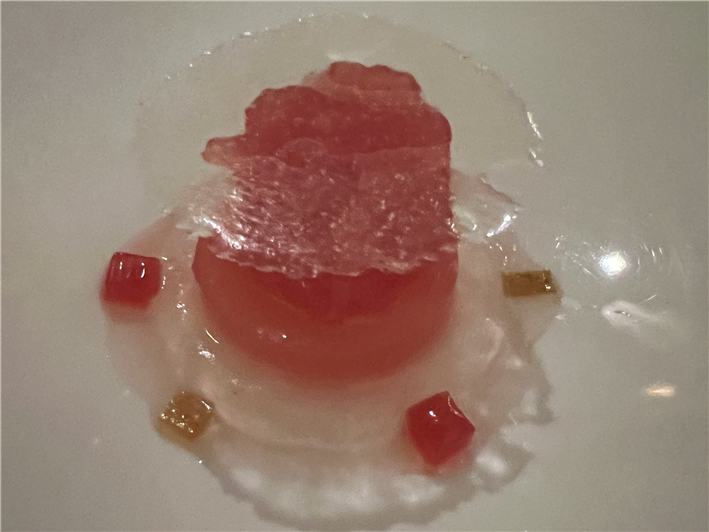
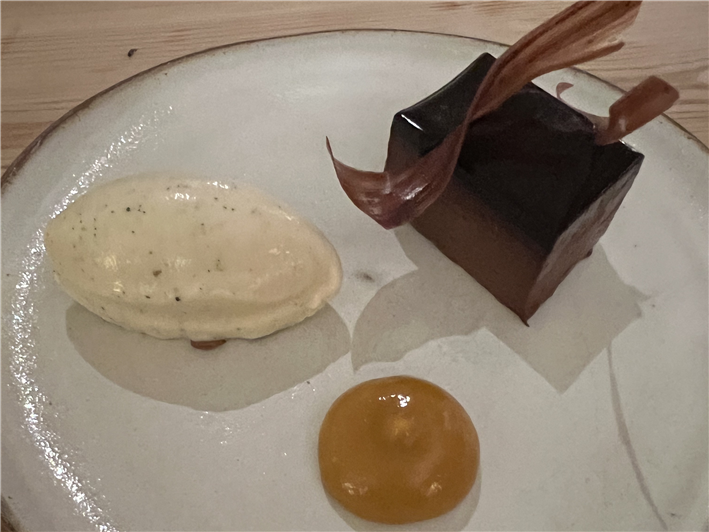
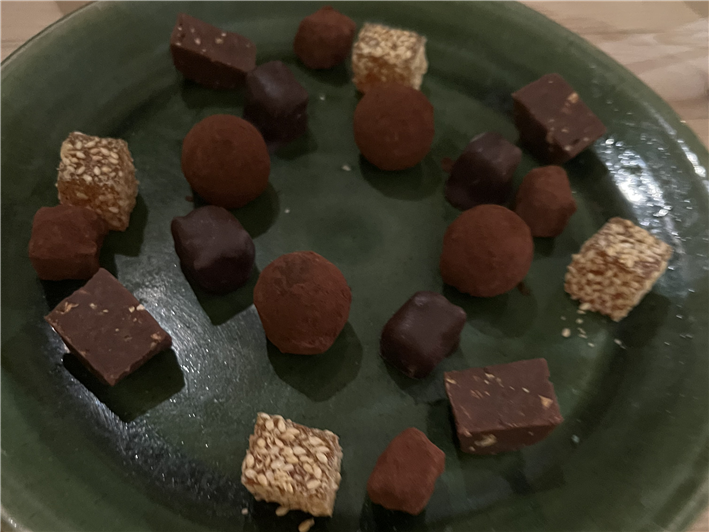
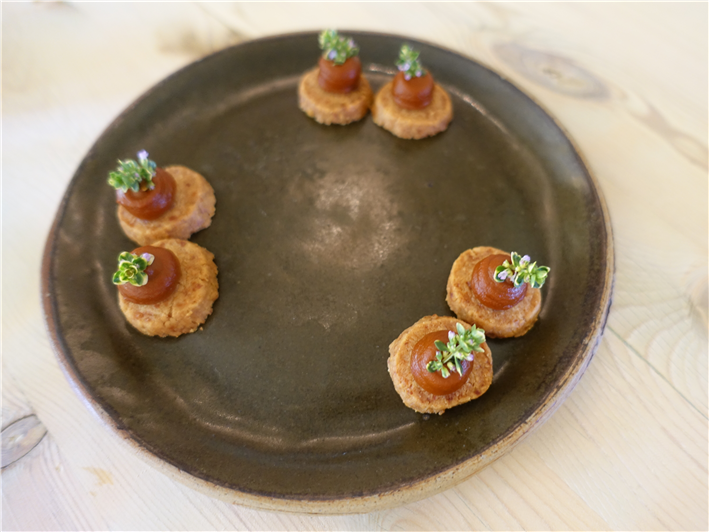

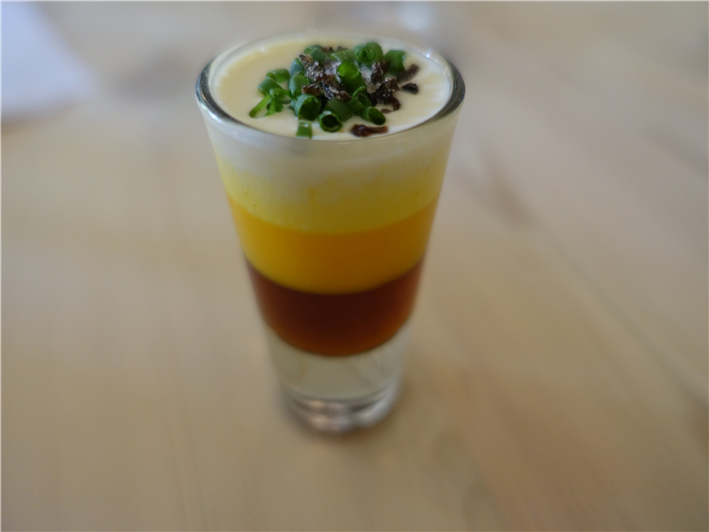
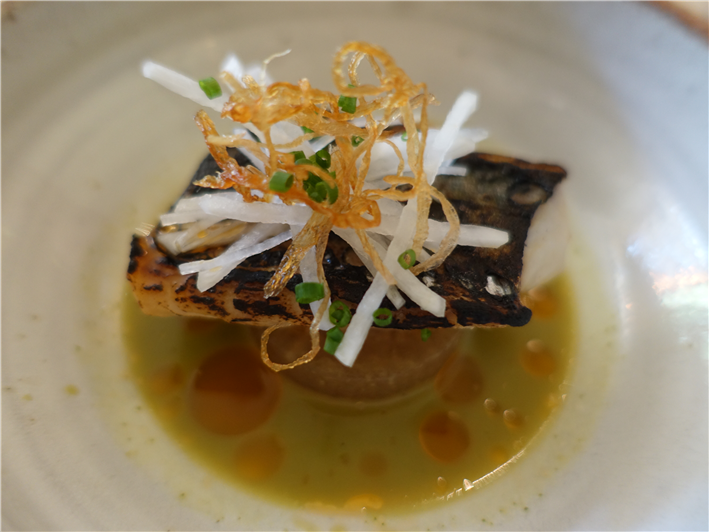
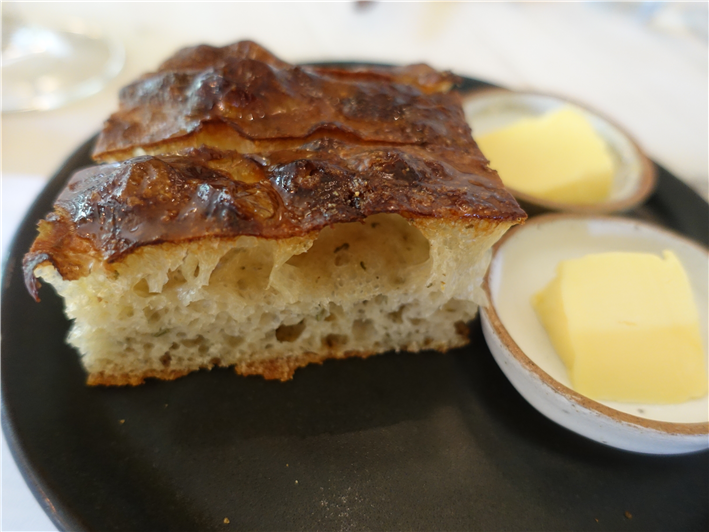
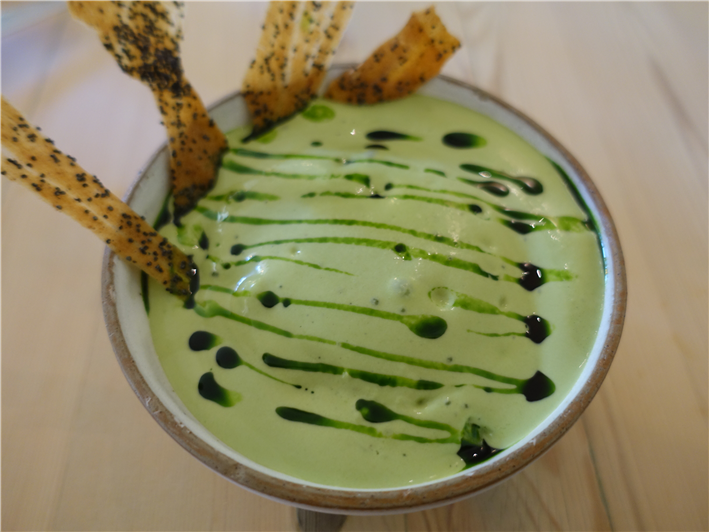
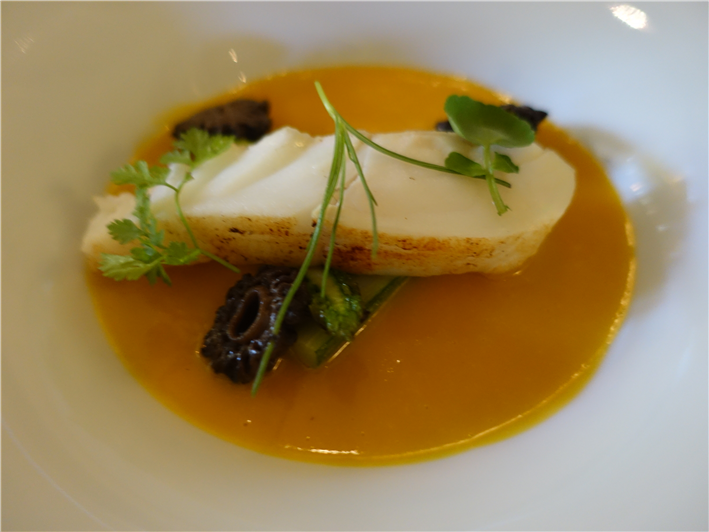
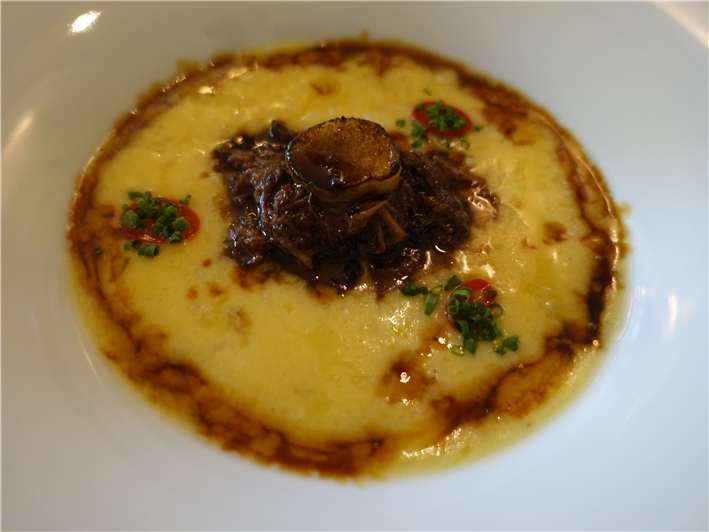
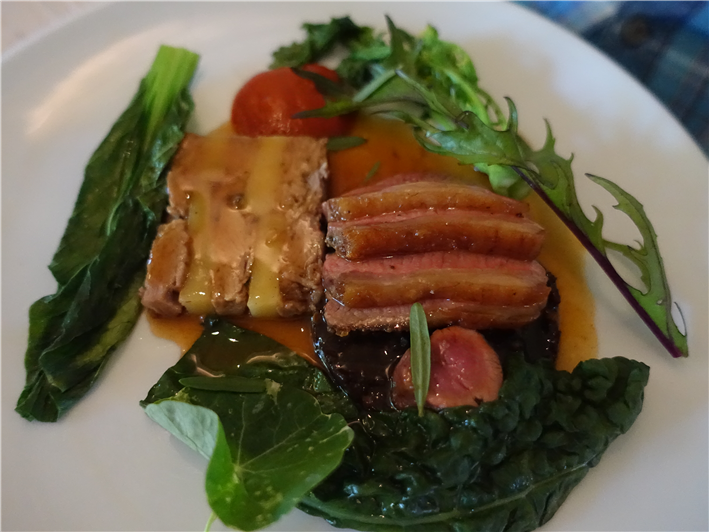


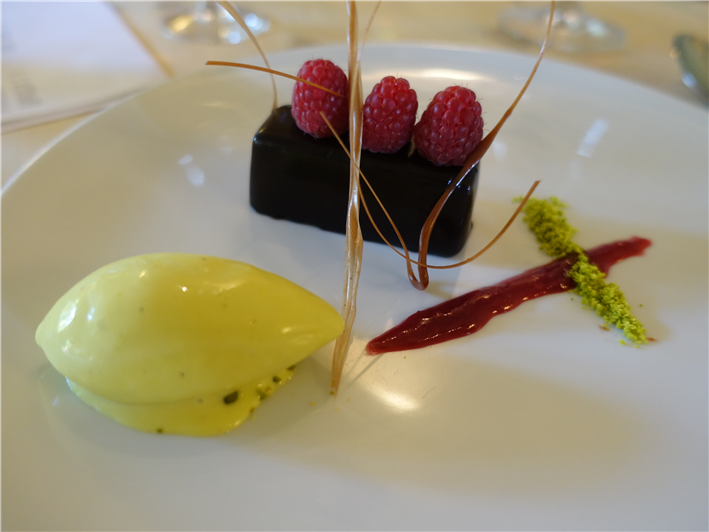
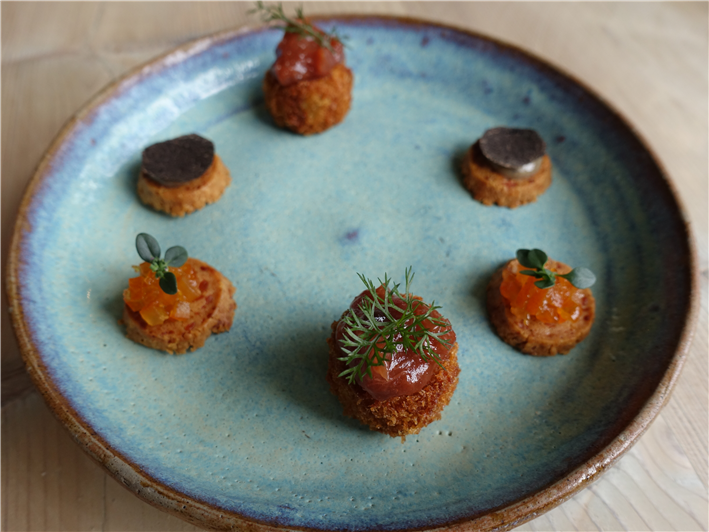
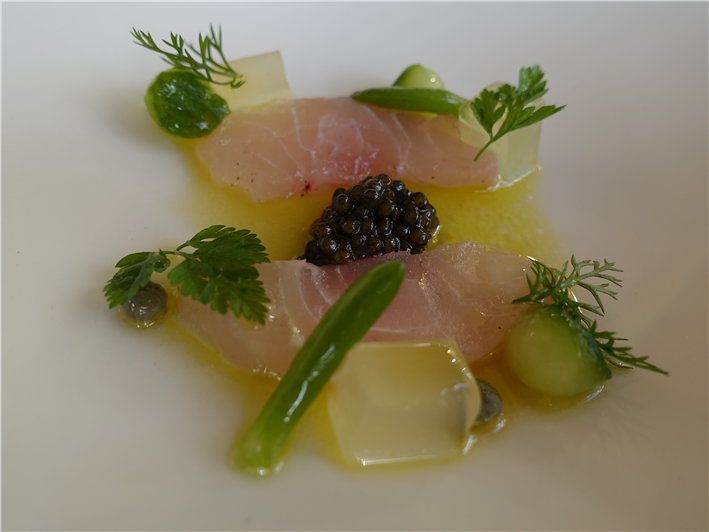

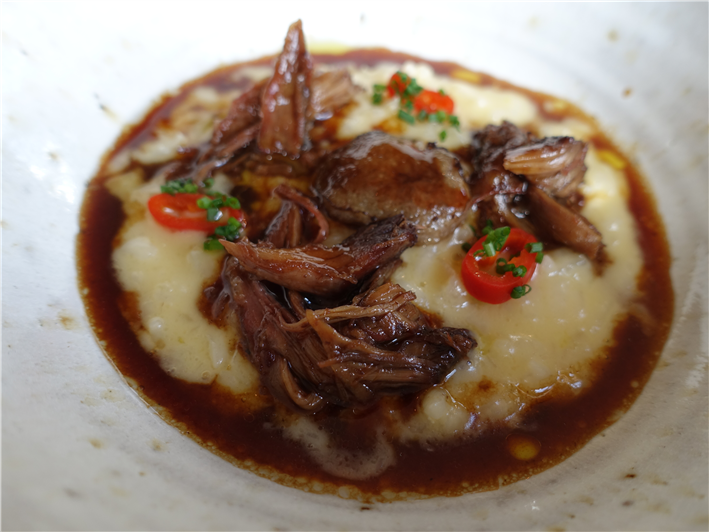

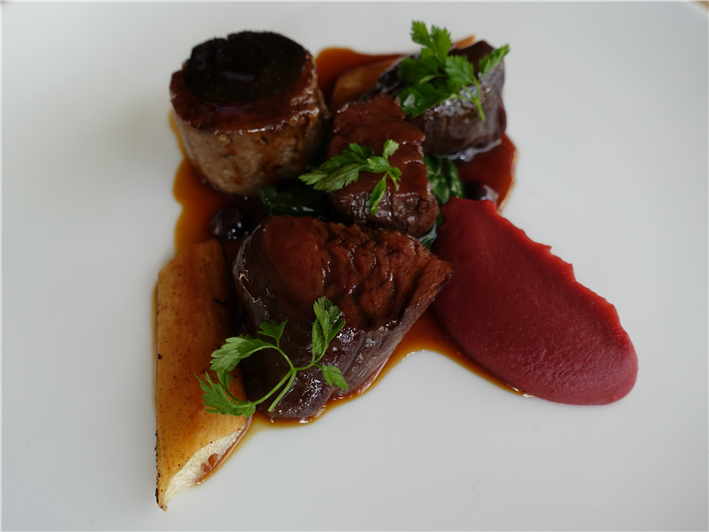

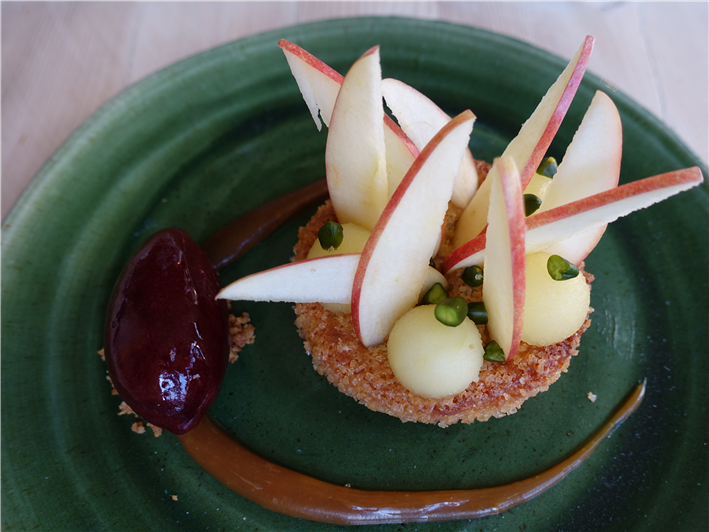
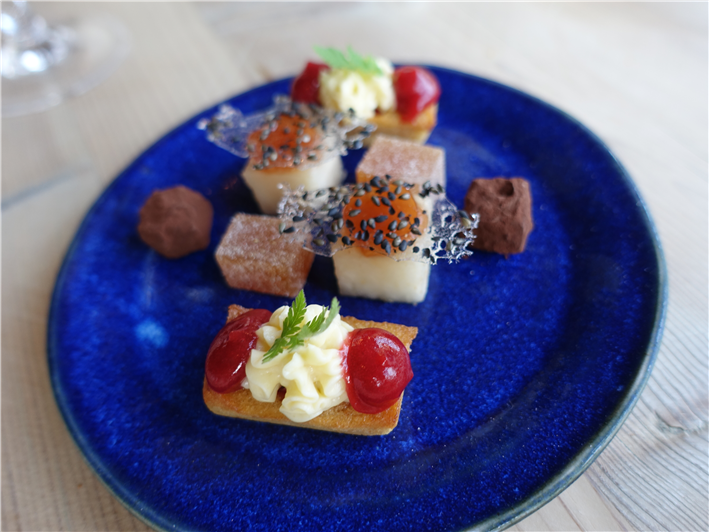
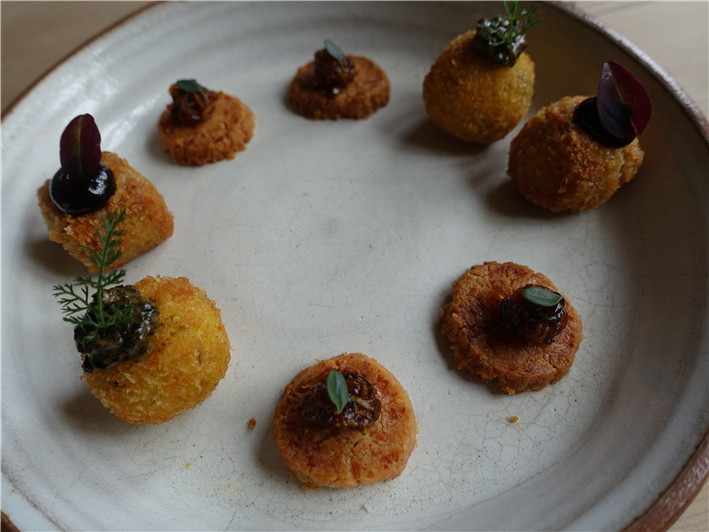
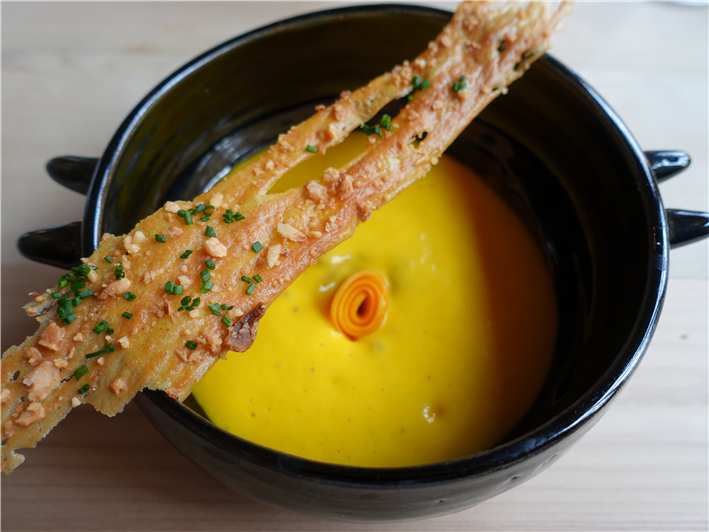
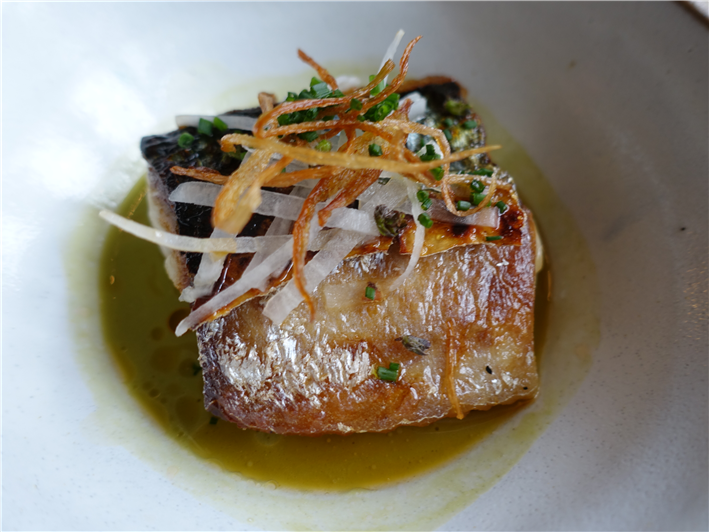
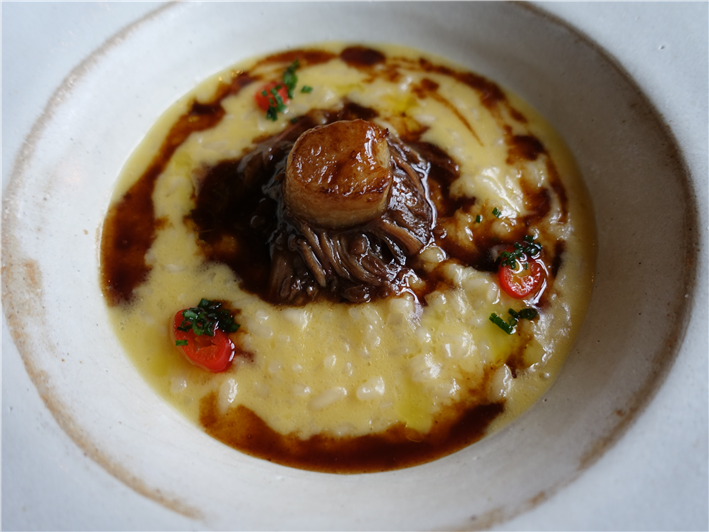
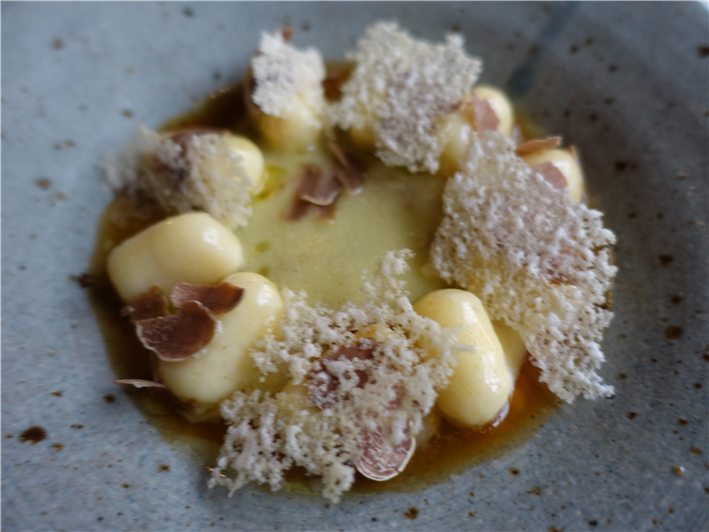



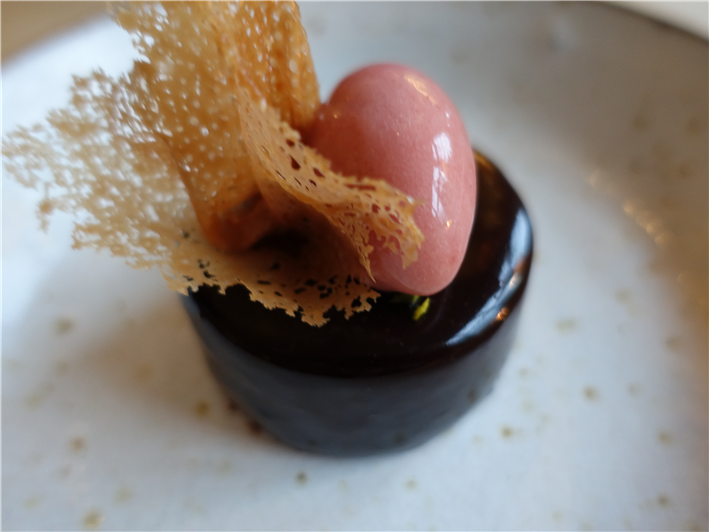
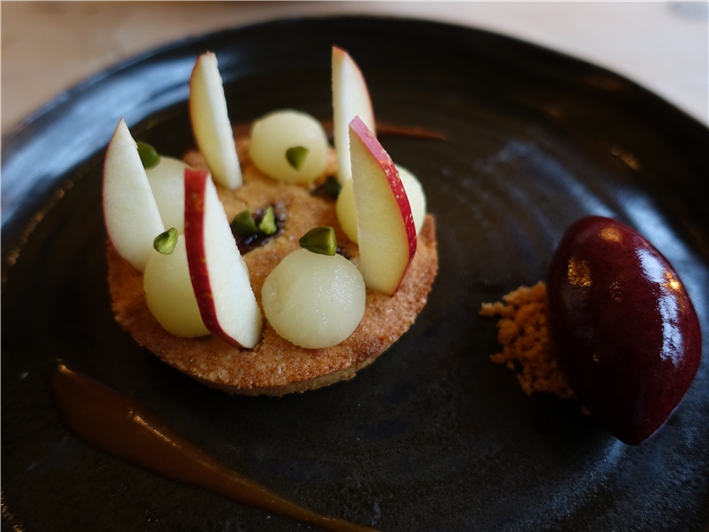

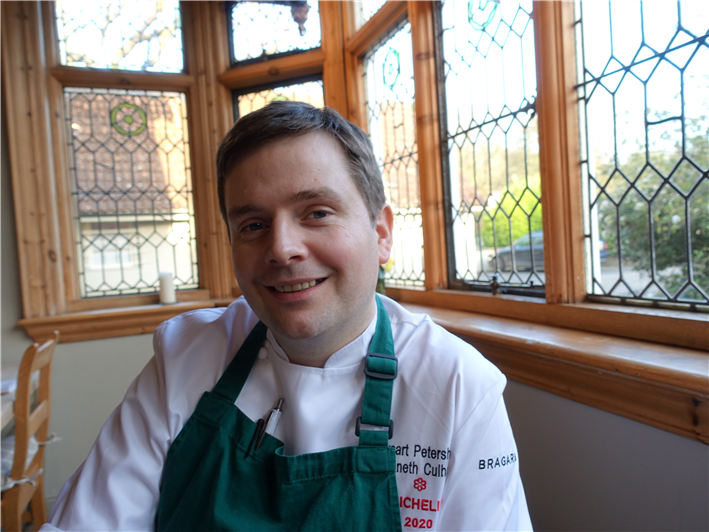

Add a comment
Thank you for submitting your comment, this will be checked and added to the website very soon.
User comments